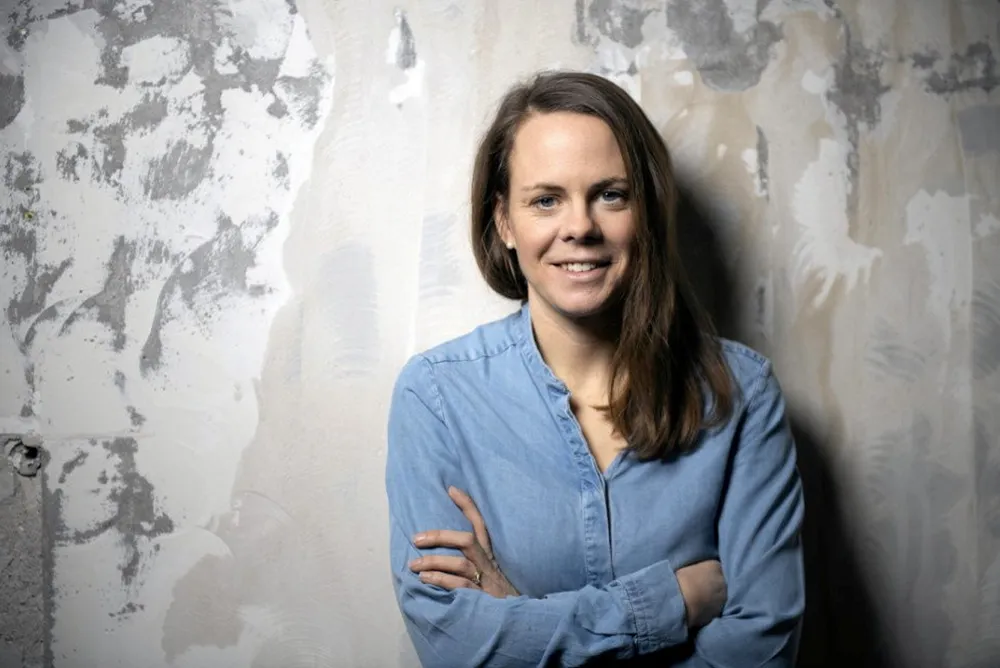Ikea group plans one of the world's biggest offshore wind-to-hydrogen hubs to 're-oxygenate' Baltic waters
Ingka Investments and OX2 file permit application for 370,000 tonnes of annual green H2 production capacity

Ingka Investments and OX2 file permit application for 370,000 tonnes of annual green H2 production capacity
